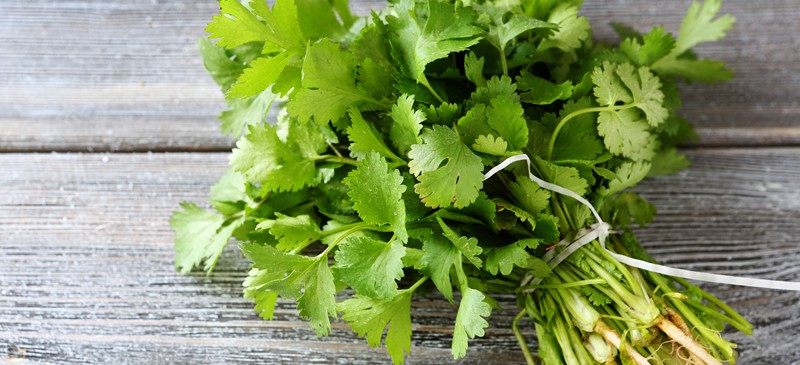Cilantro substitute
This article is about the herb. Not to be confused with the related herb Eryngium foetidum, also known as “culantro”. Chinese parsley may also refer to the unrelated herb Heliotropium cilantro substitute. This article contains Linear B Unicode characters.

Coriander is native to regions spanning from Southern Europe and Northern Africa to Southwestern Asia. The leaves are variable in shape, broadly lobed at the base of the plant, and slender and feathery higher on the flowering stems. Spanish word for coriander, also deriving from coriandrum. It is the common term in American English for coriander leaves due to their extensive use in Mexican cuisine.
Coriander grows wild over a wide area of Western Asia and Southern Europe, prompting the comment: “It is hard to define exactly where this plant is wild and where it only recently established itself. Recent works suggested that coriander accessions found in the wild in Israel and Portugal might represent the ancestor of the cultivated coriander. Tutankhamen, and because this plant does not grow wild in Egypt, Zohary and Hopf interpret this find as proof that coriander was cultivated by the ancient Egyptians. The Ebers Papyrus, an Egyptian text dated around 1550 BC, mentioned uses of coriander. Coriander seems to have been cultivated in Greece since at least the second millennium BC.